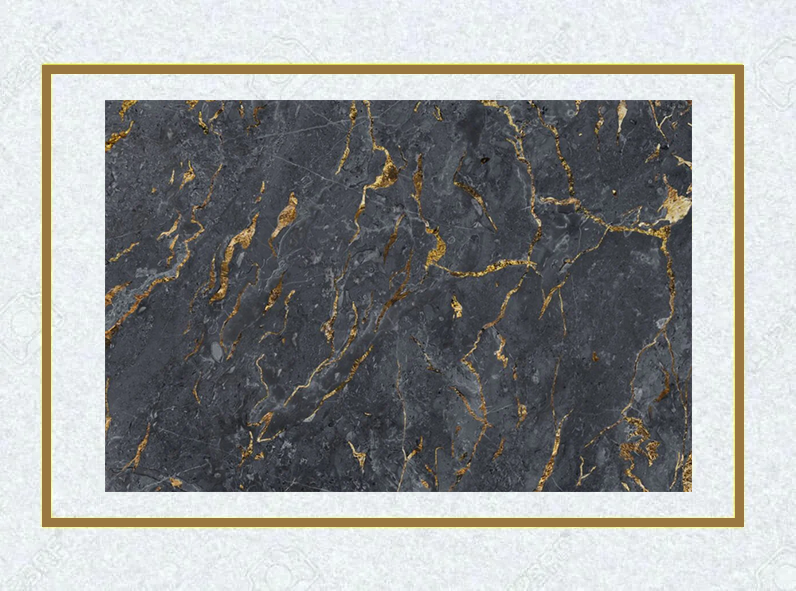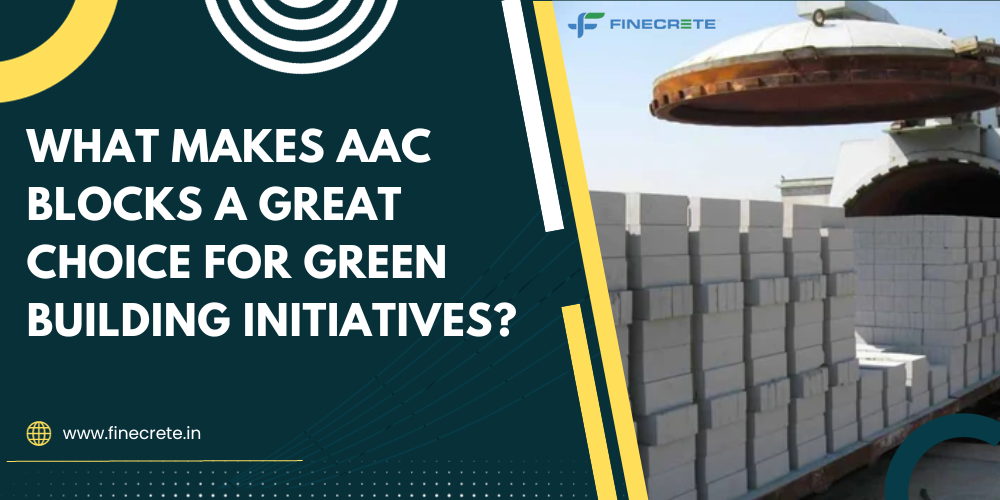Green building initiatives are gaining prominence as a means to reduce the environmental impact of construction projects. Among the various eco-friendly building materials available, Autoclaved Aerated Concrete (AAC) blocks have emerged as a great choice for green building initiatives.
Why Are AAC Blocks A Great Choice For Green Building?
Know the top reasons why AAC blocks are a sustainable and eco-friendly option for modern construction.
- Energy-Efficiency:
AAC blocks are known for their exceptional thermal insulation properties. These blocks are manufactured by mixing sand, cement, lime, and aluminum powder, which is then subjected to autoclaving, a high-pressure steam curing process. This process results in a cellular structure with millions of tiny air pockets, making AAC blocks excellent insulators.
These help maintain a stable indoor temperature, reducing the need for heating or cooling systems, ultimately leading to lower energy consumption and decreased carbon emissions.
- Resource-Efficiency:
One of the key principles of green building is efficient use of resources. AAC blocks stand out in this regard as they use less raw material compared to traditional clay bricks or concrete blocks.
Additionally, the production process generates minimal waste, making it a sustainable choice. The lower resource consumption not only reduces the environmental footprint but also contributes to cost savings, aligning with the principles of sustainable construction.
- Durability:
Sustainability also means longevity. AAC blocks are highly durable, with a lifespan that can surpass traditional building materials. They are resistant to pests, moisture, and fire, reducing the need for maintenance and repairs over time. Longer-lasting structures decrease the demand for new materials and resources for replacement, thus making AAC blocks a wise choice for green building projects.
- Reduced Carbon Emissions:
The manufacturing process of AAC blocks emits significantly less carbon dioxide compared to traditional clay bricks or concrete blocks. AAC blocks are cured using a process that produces minimal emissions, making them a low-carbon building material.
By choosing AAC blocks, construction projects can contribute to reducing their carbon footprint, helping combat climate change.
- Lightweight:
AAC blocks are remarkably lightweight, which simplifies transportation and handling during construction. This attribute not only reduces transportation-related energy consumption but also makes them a preferred choice in earthquake-prone areas, as lighter structures are more earthquake-resistant.
Furthermore, the ease of handling AAC blocks reduces labor requirements, minimizing the environmental impact associated with workforce transportation and housing.
- Improved Indoor Air Quality:
AAC blocks have excellent properties for maintaining indoor air quality. They are inert and do not emit volatile organic compounds (VOCs) or other harmful chemicals. This leads to healthier indoor environments for building occupants, promoting overall well-being and aligning with green building standards focused on human health.
- Recycling Potential:
When a building constructed with AAC blocks reaches the end of its life cycle, the blocks can be recycled or repurposed. Unlike some other building materials, AAC blocks do not contribute to landfill waste. This recycling potential further underscores their sustainable characteristics.
- Enhanced Energy Ratings:
The energy efficiency of buildings constructed with AAC blocks from the best quality AAC block manufacturers in India often leads to higher energy ratings and certifications, such as BEE (Bureau of Energy Efficiency). These certifications not only validate the sustainability of the building but also enhance its market value.






